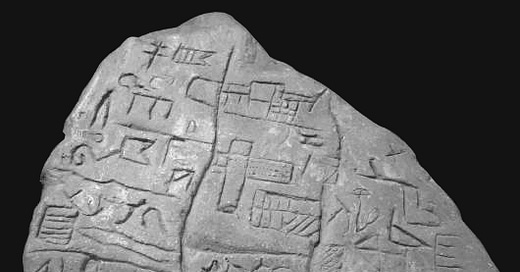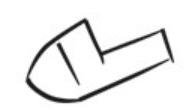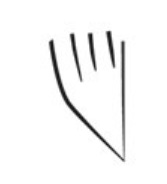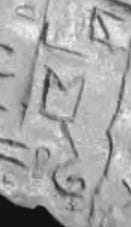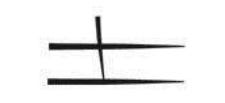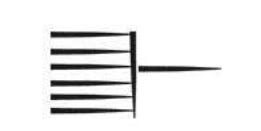Through the 38th-30th BC, the Caucasus region was inhabited by the so called Maykop Culture. During, and contact with the early phrases of Sumerian civilization.
The Maykop Plate, discover since 1960, have long entree Russian and Eastern scholars. Though in the West, and Anglo speaking countries, it has gain little or nonexistence attention. Anyone with a more than basic understanding of early Cuneiform will recognize the clear Sumerian influence. I will attempt to “read” this script, with my language of proto-cuneiform.
The rock is split into different sections.
On the lowest left section “Sag-Apan-Kar”.
The lowest middle section reads as “Tag-(horn animal)-mud”.
The second lowest section I can read “BÌR-tak-apin-kar”.
The next section above reads as “nigin-lá-tum-ma…”.
The top left section reads “?-tum-pa-si-ÙḪ?-?-tak”
The lower right section reads as “dub-sila-bu-udu--gal-pap-ur-?”.
The middle section is the most I have difficulty interpreting. But I do see the “é” sign, which also stands for temple in Sumerian. It could relate to a establishment of a temple.
“Apin-Kar” could be the name of a family line or a title. The two sections with the word “apin-kar” seem to have different handwritten. As if written by two different individuals, “Apin-Kar” could be a title for a king/chief/head of state or high official. The entire inscription could be an agreement between two different “apin-kars”.
The “Tum” sign could be instead a logogram for city, township or kingdom. Two extent political entities that each “apin-kar” governs or represents.
The plate have been assume that it was written in a Northwest Caucasian, such as Abkhaz or Adygha. Though considering the significant time gap between the dating of the Maykop culture (3800-3000BC) and the first records of NWC languages. It maybe too different to be identified. Without any other examples and a more longer example of the same language and script, any translation will remain speculation.
Sources:

